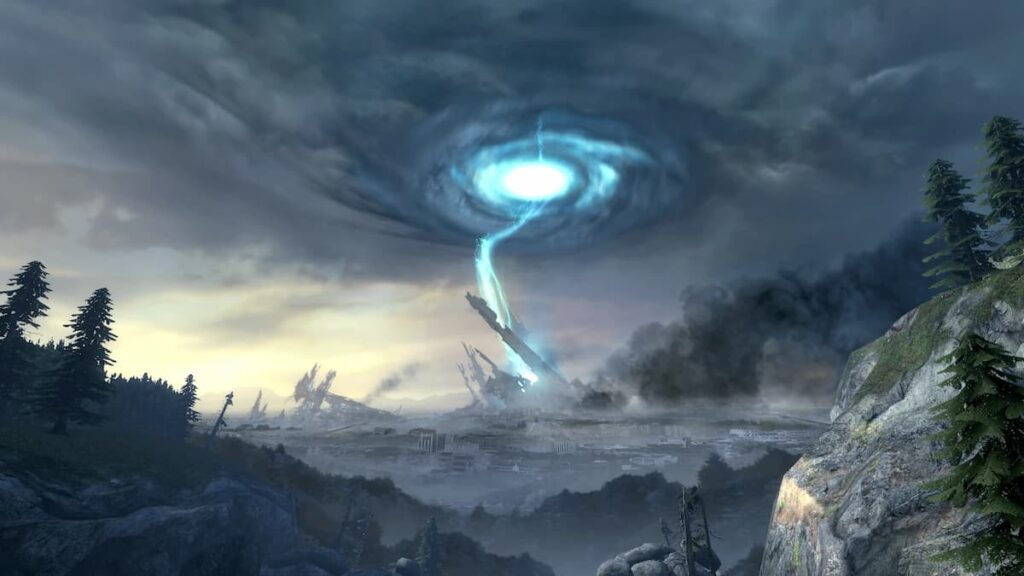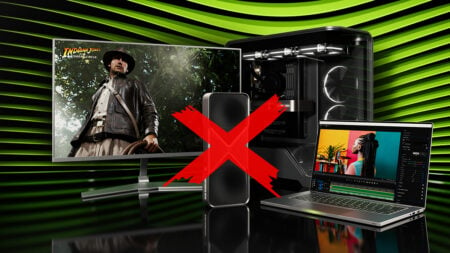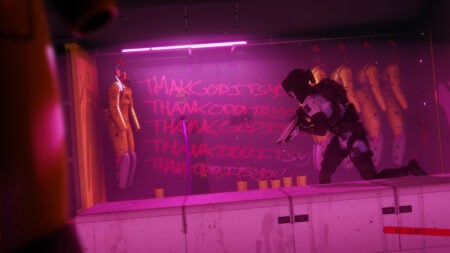Skip To...
Let’s be clear: video game studios are never under any obligation to make a particular game. As much as we players may wish for something, we aren’t in any position to expect our wishes to be granted. That said, there are times when it just seems to make perfect sense. Now, on Half-Life 2‘s 20th anniversary, the valid reasons that Valve has given for shunning Half-Life 2: Episode Three are sounding increasingly less compelling.
“Wake Up, Mr. Freeman”

Half-Life 2: Episode Three, or even Half-Life 3 if you’re feeling wild, is a bit of a running joke. As the gag goes, Valve can’t count to 3. Frankly, they don’t need to. The company is doing just fine without giving us the release we so desperately crave.
With Half-Life 2‘s 20th anniversary, Valve released a huge update which integrated Episode One and Episode Two into the main Half-Life 2 game, added hours of fascinating developer commentary, fixed a boatload of bugs and made some quality-of-life improvements. This resulted in Half-Life 2‘s concurrent player count surging to over 64,000, according to SteamDB.
Of course, only Valve knows what sort of uptick in players it expected from the update. But it’s hard to imagine the company being anything other than pleasantly surprised by Half-Life 2‘s resurgence. It’s a clear indication that there’s still a lot of love for Dr. Freeman and his adventures through City 17 and further afield.
These days, we’re seeing countless remakes and remasters, as studios are keen on minimizing risk in the current climate. These smaller-budget projects also serve as great test beds to gauge whether a dormant franchise is still popular. Take the upcoming, much-anticipated Legacy of Kain: Soul Reaver 1 & Soul Reaver 2 Remastered, for example. If that sells gangbusters, it’s a reasonable sign that the Legacy of Kain fanbase is still alive and kicking, and may justify a brand new entry in the series.
Perhaps it’s too much to hope, but could Half-Life 2‘s recent performance serve a similar purpose? We were blessed with the brilliant Half-Life: Alyx a few years ago, but surely now is the time to conclude Gordon Freeman’s iconic adventures.
“Is It Really That Time Again?”
There’s a real risk that I’m just being naive, here, or at least hopelessly optimistic. Indeed, fellow TNS writer Sid believes so. In fairness, he makes some very compelling points about Valve’s justified obsession with dominating the multiplayer space, with Counter-Strike 2 and Dota 2 permanently two of the top-performing games on Steam. And, of course, the studio is also now focused on its latest team-based multiplayer shooter, Deadlock. Why bother committing resources to Half-Life 2: Episode Three‘s development when you’re printing money elsewhere?
Well, to turn that question on its head, why not? Valve’s financial footing is astonishingly robust thanks to Steam and the aforementioned multiplayer games. And, without shareholders to worry about, the company is in an enviable position where it doesn’t have to constantly obsess over increasing profits. In short, it could afford to take a small risk in developing Half-Life 2: Episode Three.
To understand whether Valve may choose to do so, however, we need to look back at why we never got Episode Three in the first place.
Moving Forward

The reasons why we never got a follow-up to Half-Life 2: Episode Two are completely understandable. Essentially, Valve wanted to explore multiplayer projects, which ultimately gave us the pioneering Left 4 Dead. You can’t argue with that. Valve head Gabe Newell also said in the recent documentary:
“You can’t get lazy and say, oh, we’re moving the story forward. That’s copping out of your obligation to gamers[…] My personal failure was being stumped. Like, I couldn’t figure out why doing Episode Three was pushing anything forward.”
It’s a fascinating quote, and there’s a lot to unpack there. Most notably, Newell suggests Valve had a strong desire to evolve not just narratively but mechanically with Episode Three, pushing the boundaries of gameplay as they did with Half-Life 2. A cynic, however, may point out that Episode One and Episode Two were predominantly refinements of the remarkable foundation that Half-Life 2 had laid. They were, quite literally, episodic expansions that progressed the narrative. If Half-Life 2: Episode Three were to do the same, it would still be a progression.
Newell’s explanation for why we didn’t get Half-Life 2: Episode Three shows humility, particularly as he accepts personal responsibility. But I can’t help but be mystified by the reasoning. In my mind, moving the story forward in a meaningful way, particularly when Episode Two ended on such a sharp note, arguably only enhanced by Half-Life: Alyx‘s ingenious ending. As a video game writer myself, I’m aware that it’s the storyteller’s responsibility to give the audience a satisfying conclusion to a story arc. It may be positive or negative, or a blend of the two, but it has to tie up narrative threads in some way. That, to me, is Valve’s obligation to gamers, if it has one at all.








